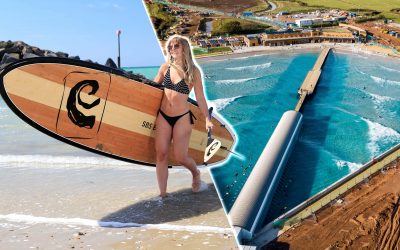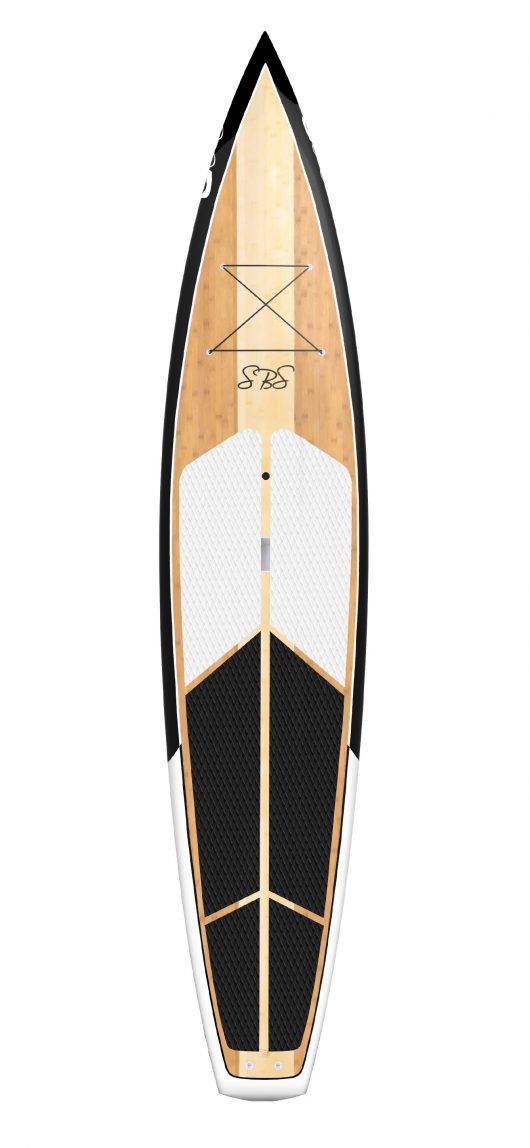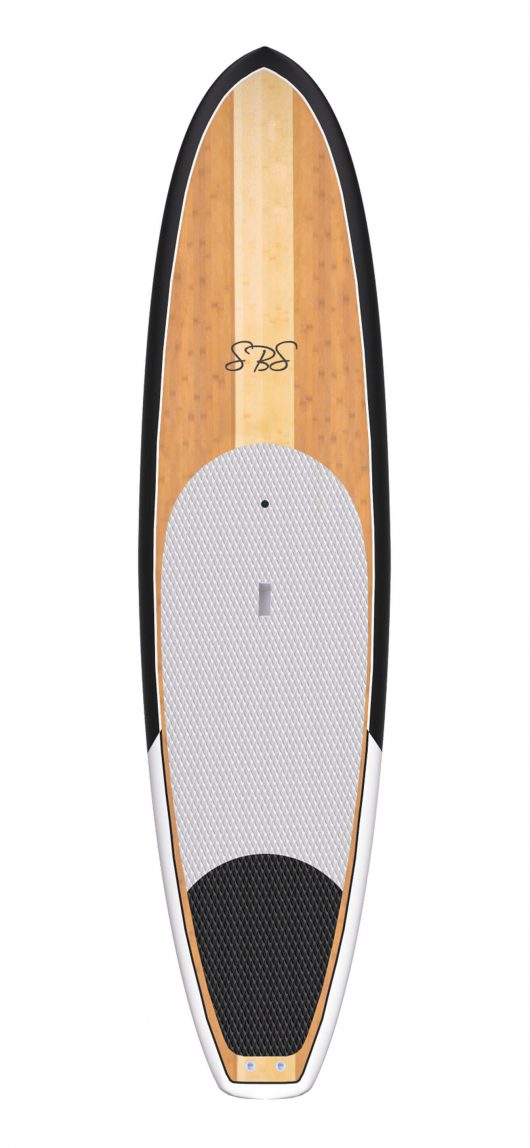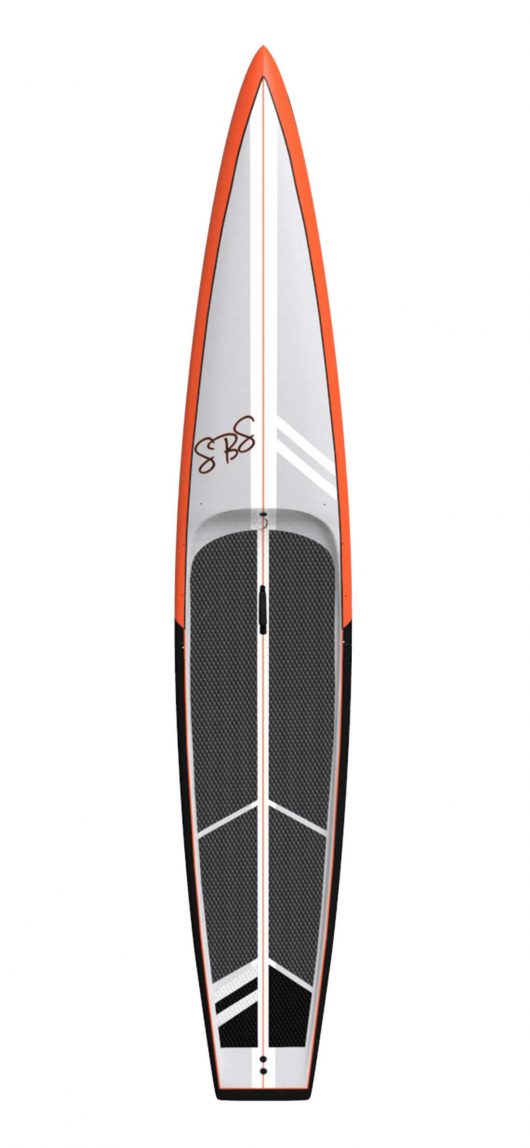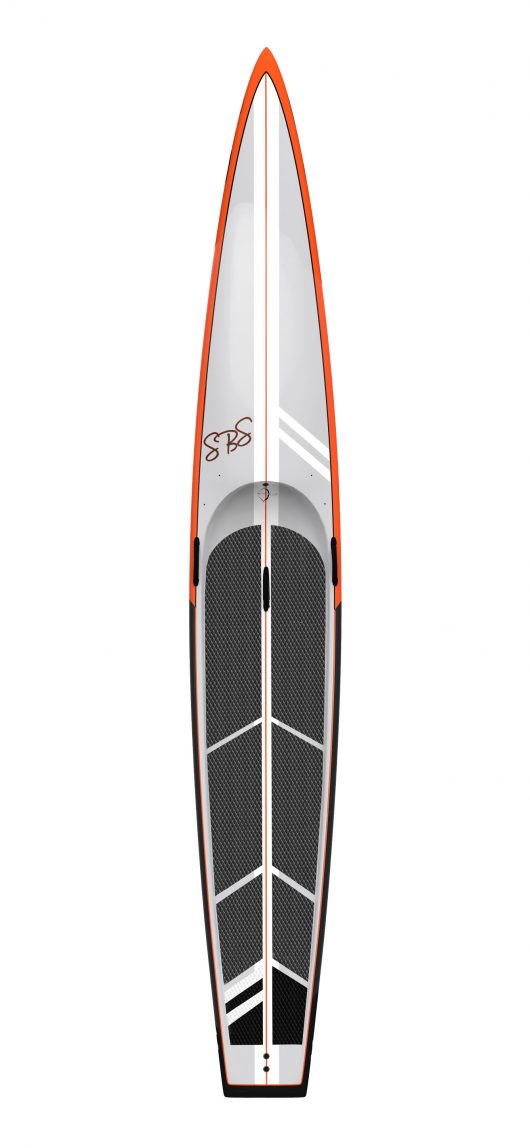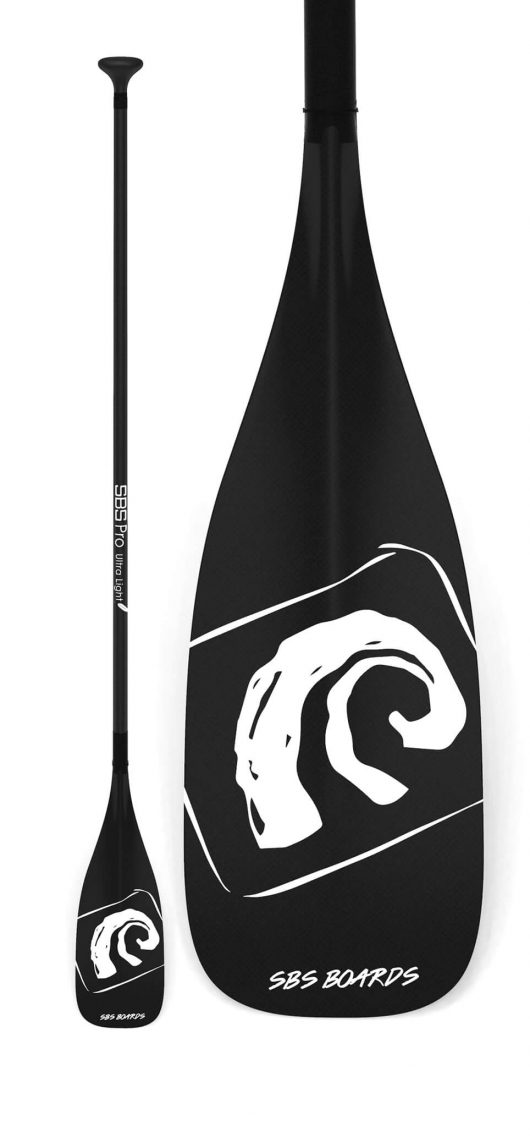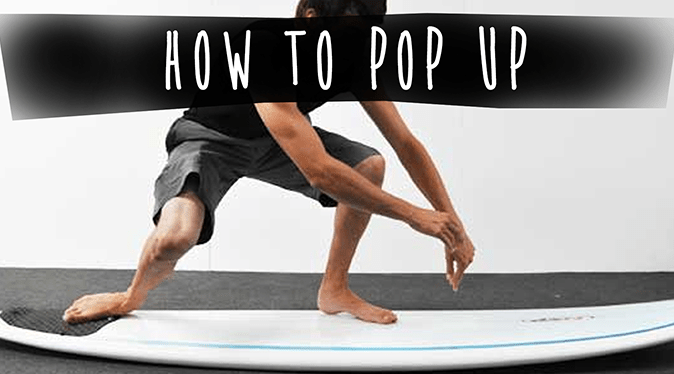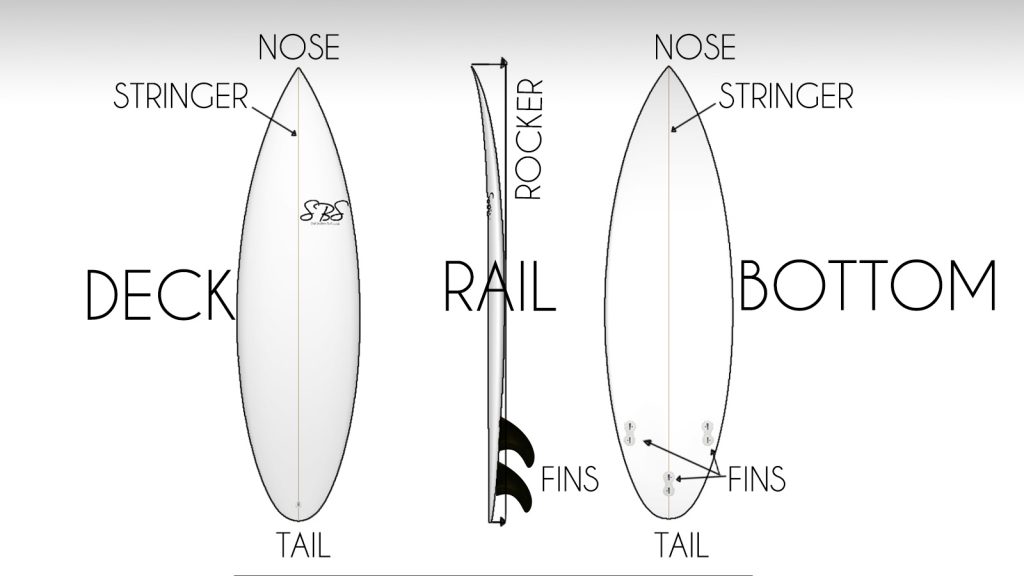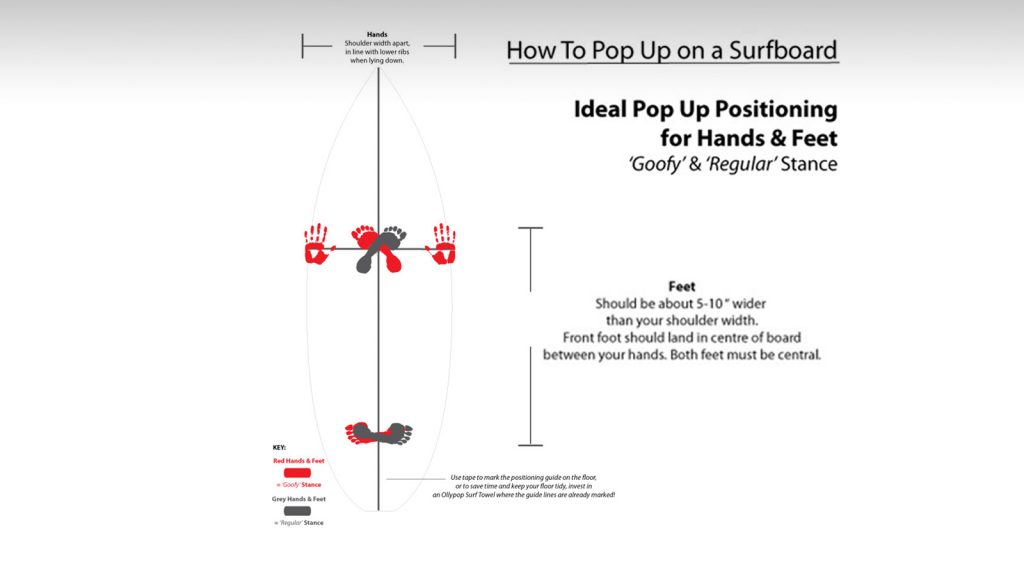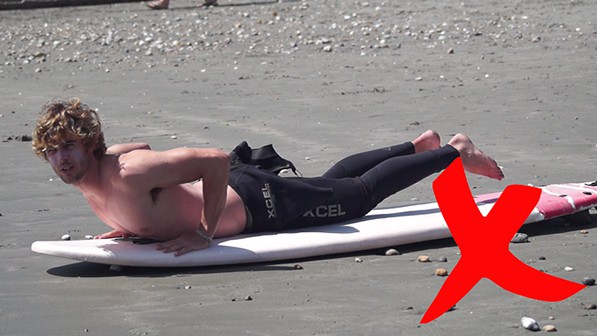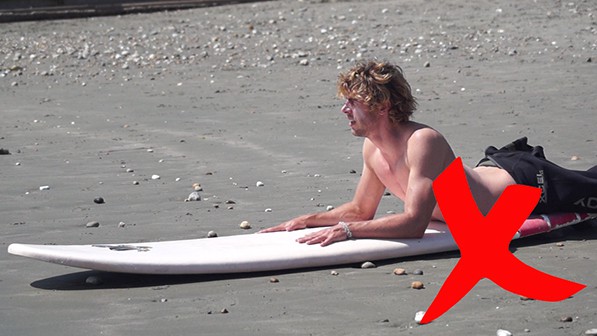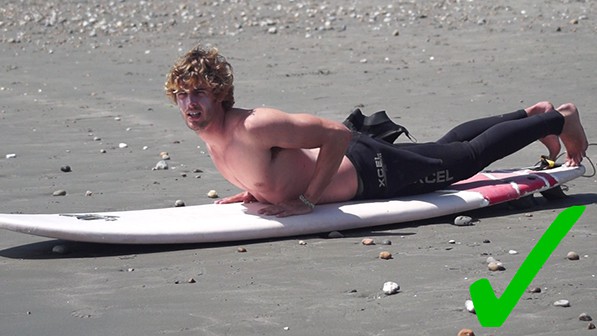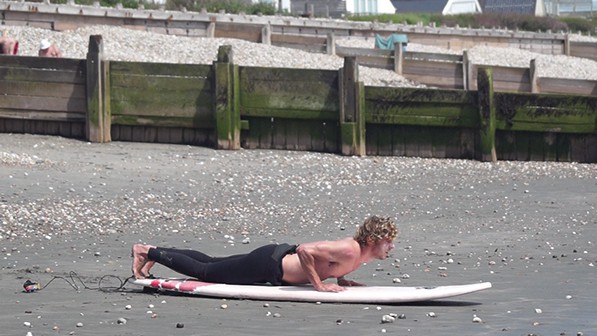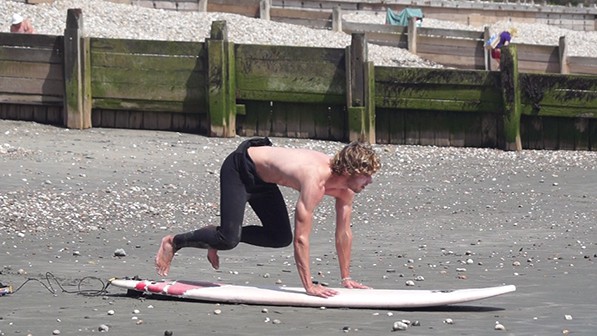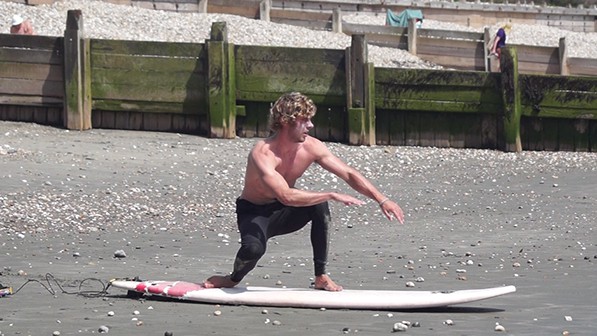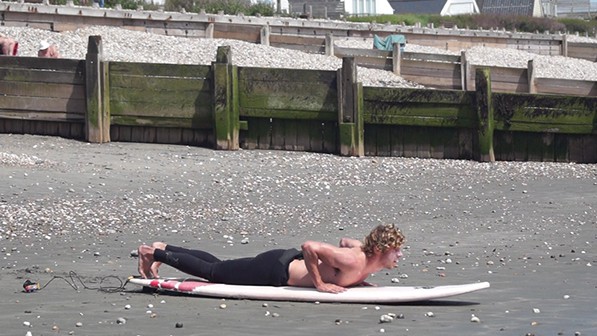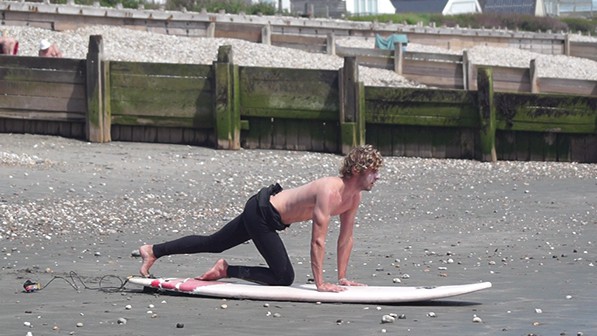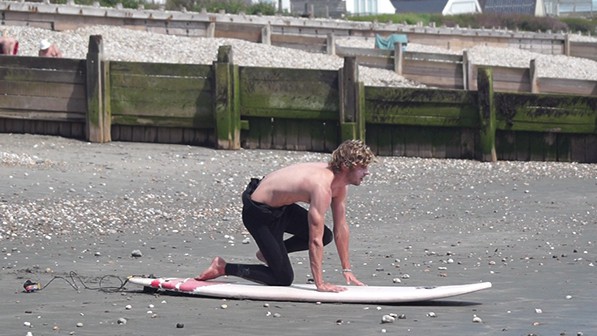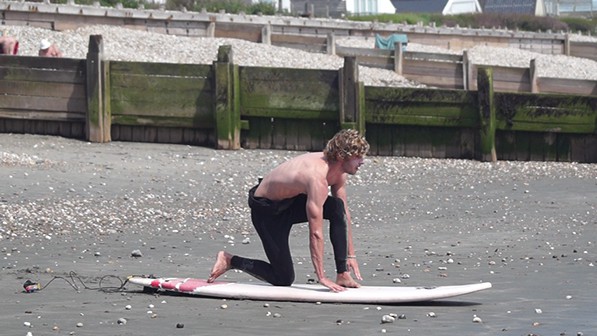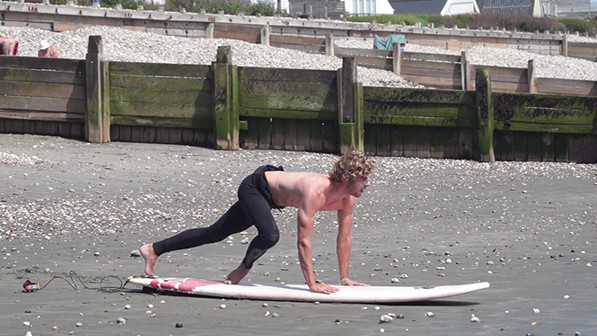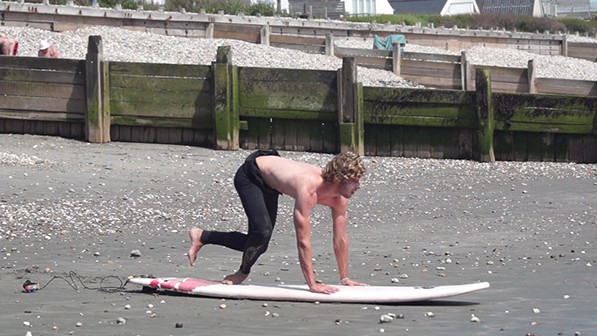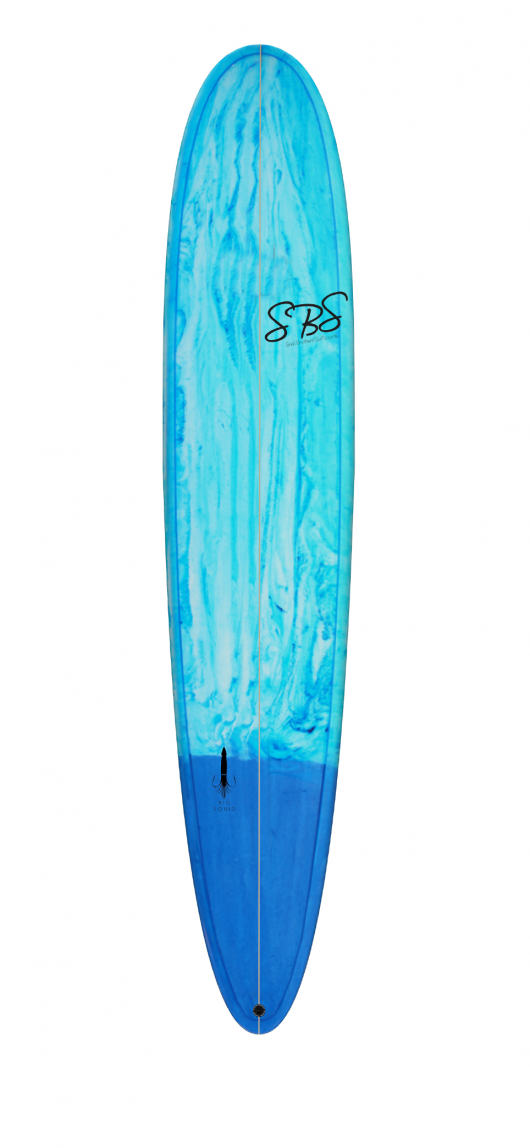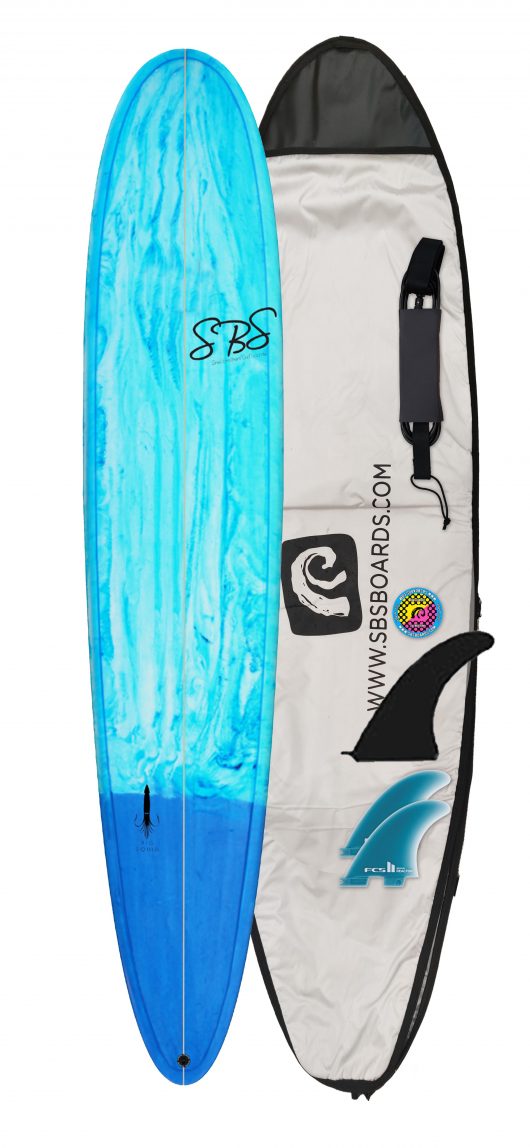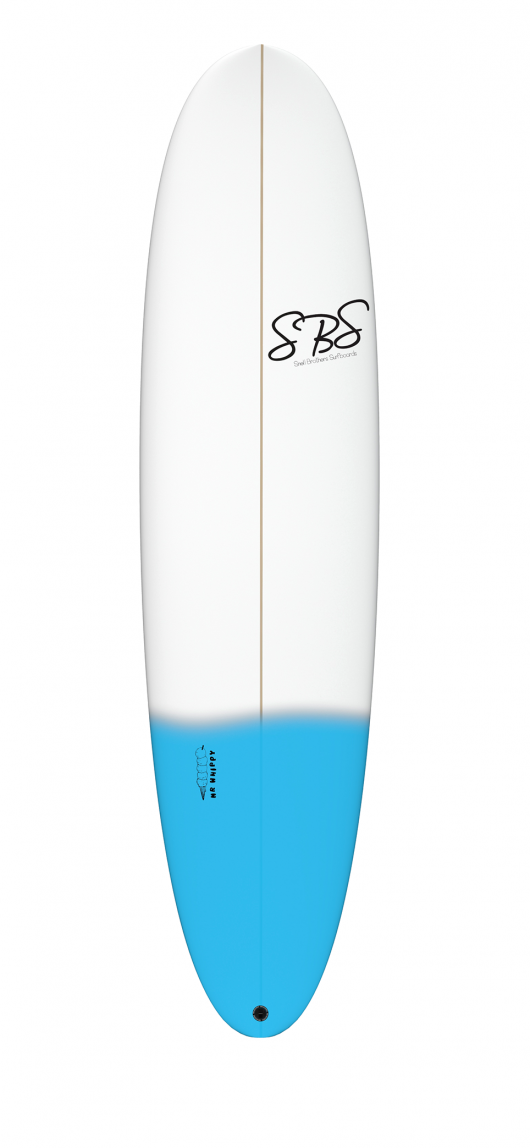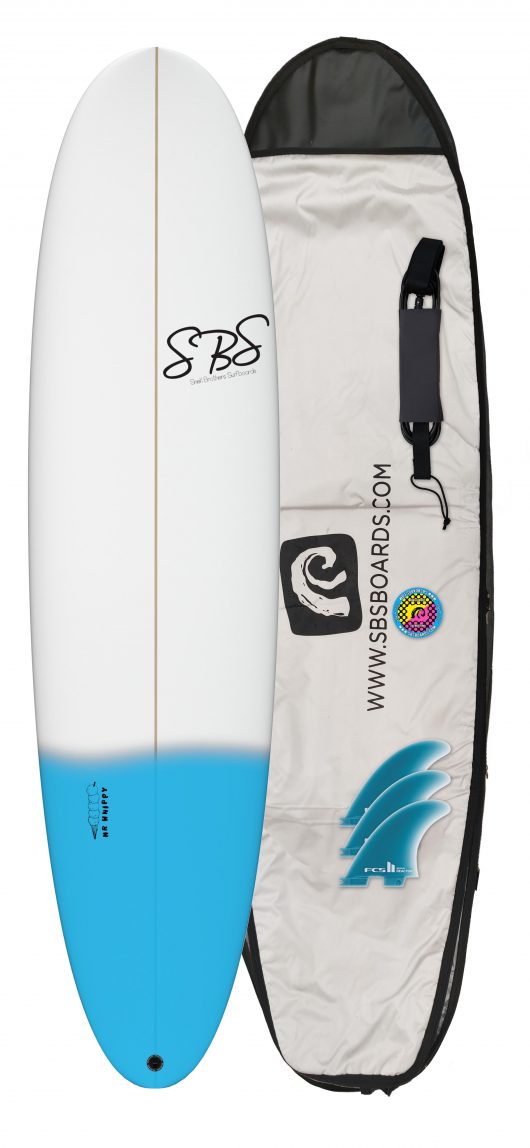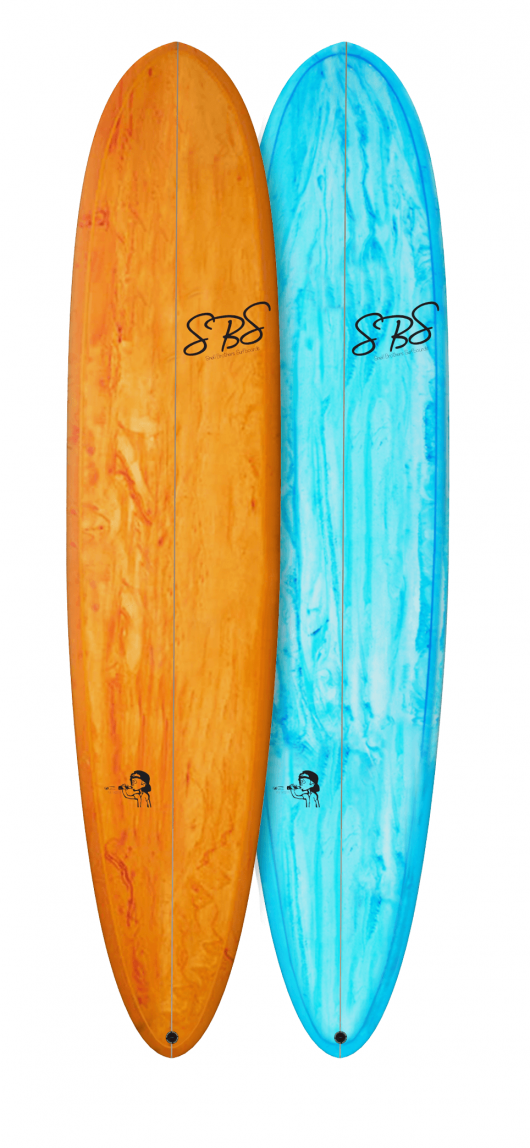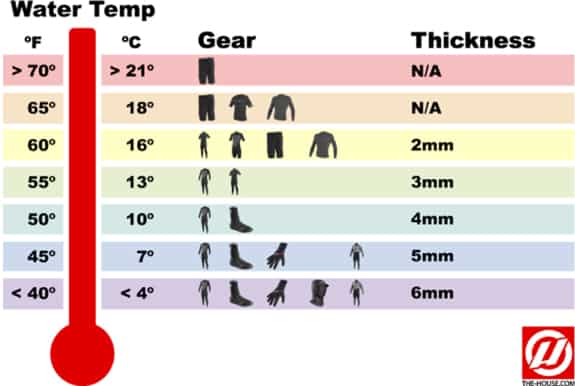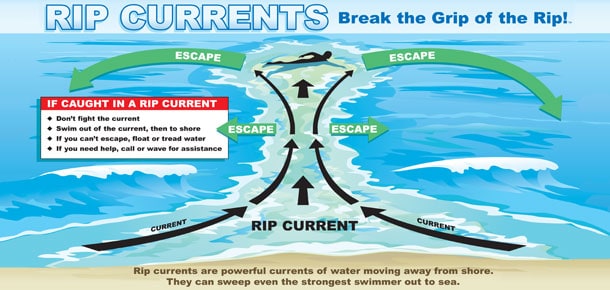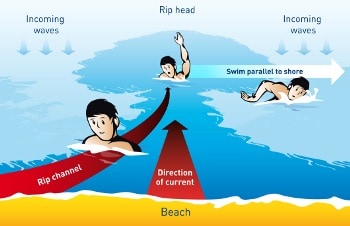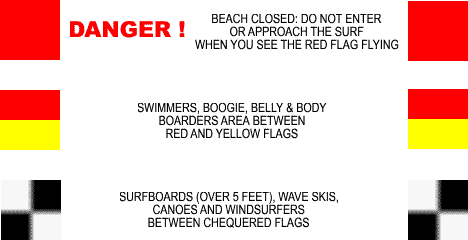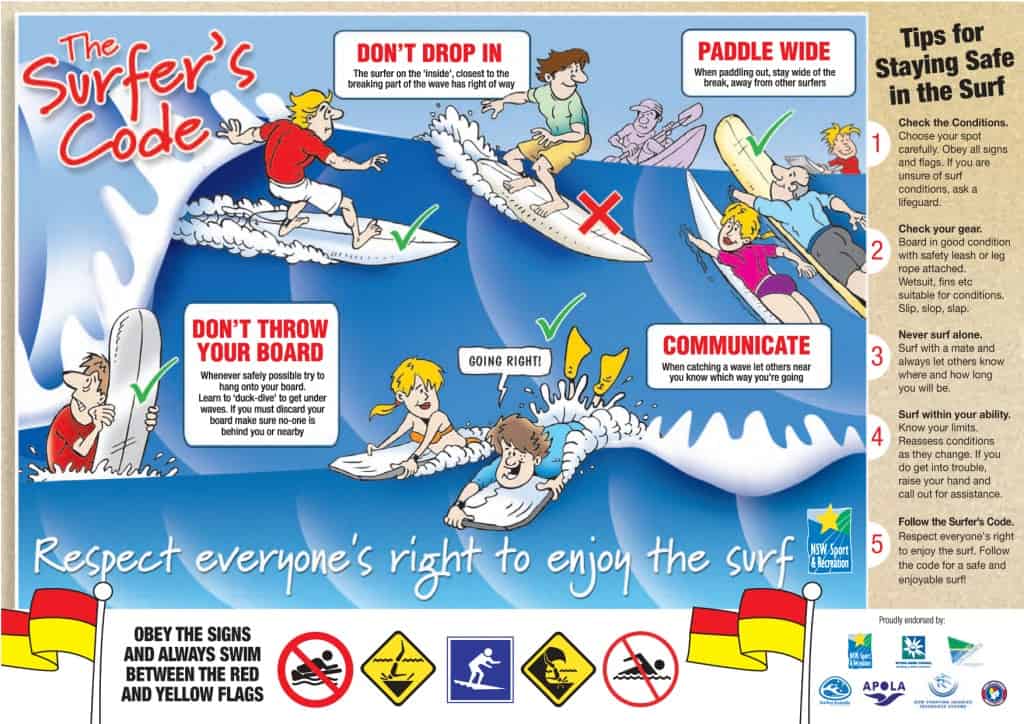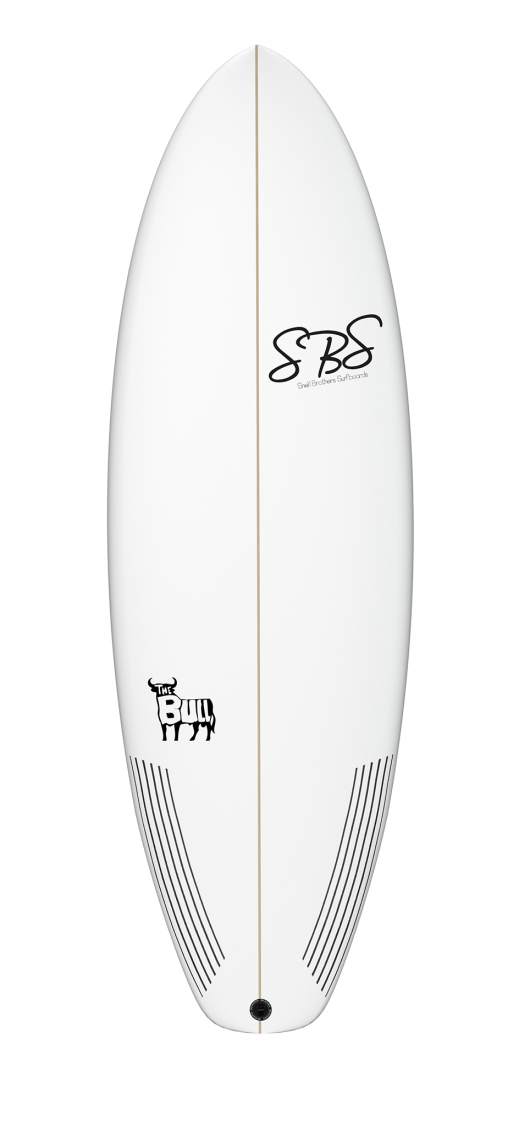If your into stand up paddleboarding you probably want to spend more time doing it and would love to get to a better level where you fall in less, paddle faster and can surf more waves? The best way to improve is to get more practice paddling but there are other ways...
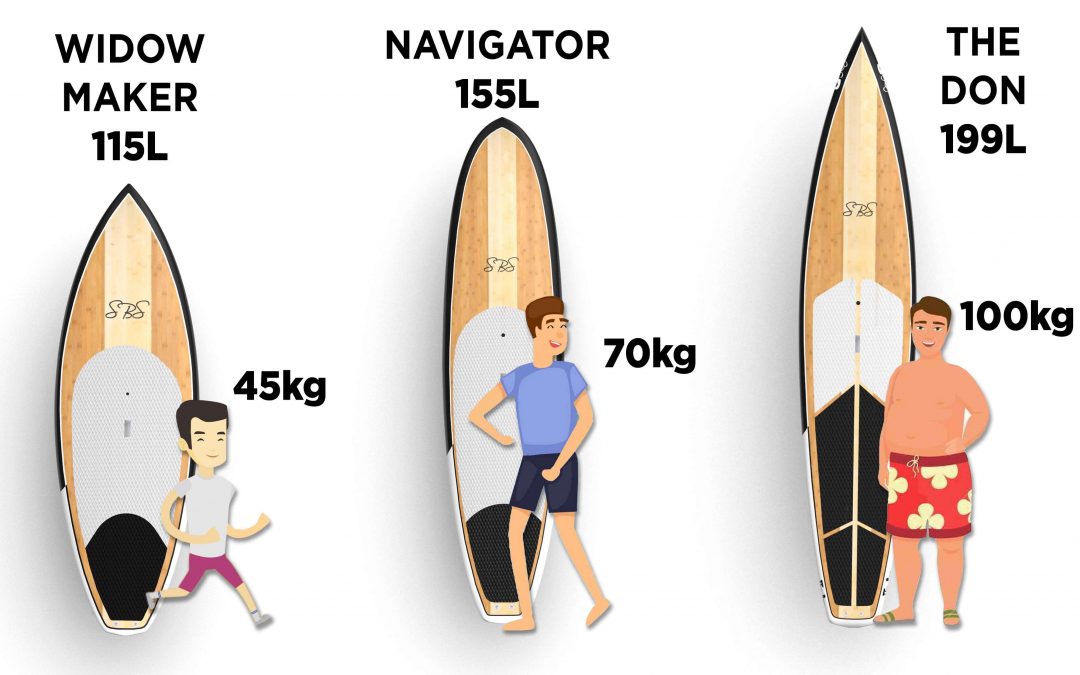
SUP Volume Guide For Beginners
SUP Volume Guide For Beginners
The Ultimate SUP Volume Guide, if your a beginner or even an intermediate paddleboarder you may have heard about sup volume? you may have asked what is “SUP volume” why Is stand up paddleboard volume so important? Well before we get into that you have to know a few things…
- Your weight
- Your height
- Your stand up paddleboarding ability
- The conditions you want to use it in? ( Flatwater / Racing / Touring / Surfing )
Your weight is important when it comes to stand up paddle boarding volume because it has a direct effect on your control and performance on flat water and waves.
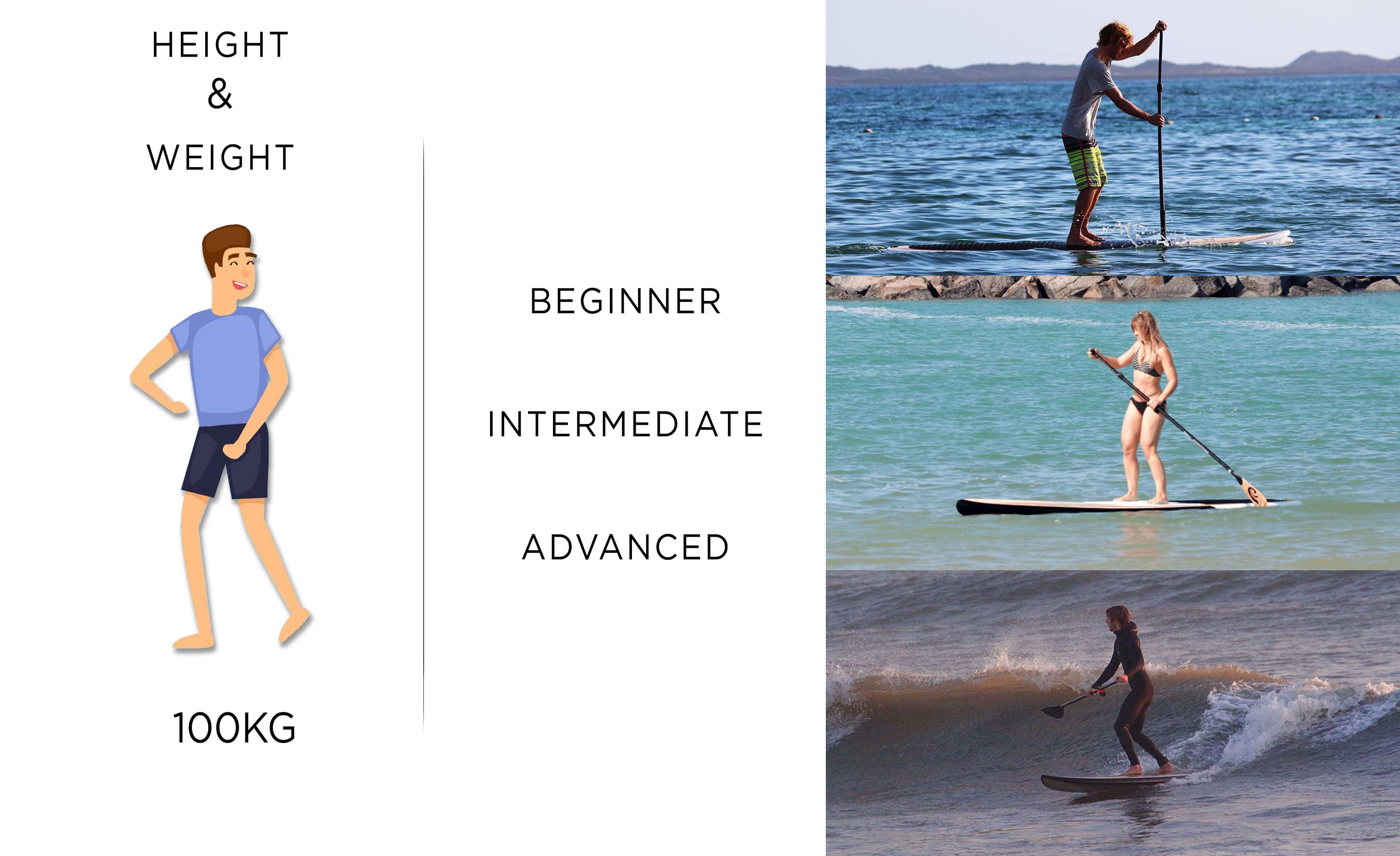
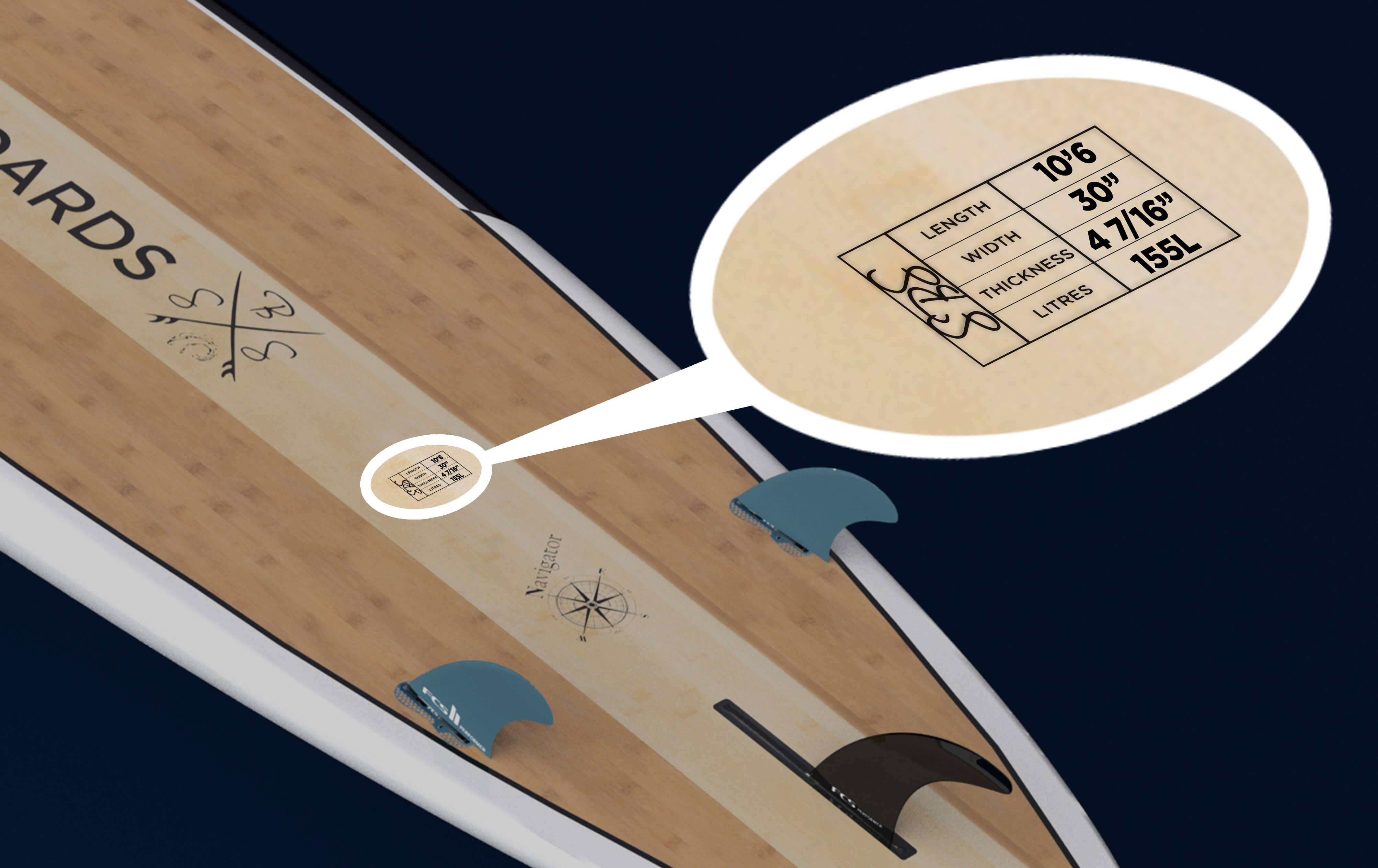
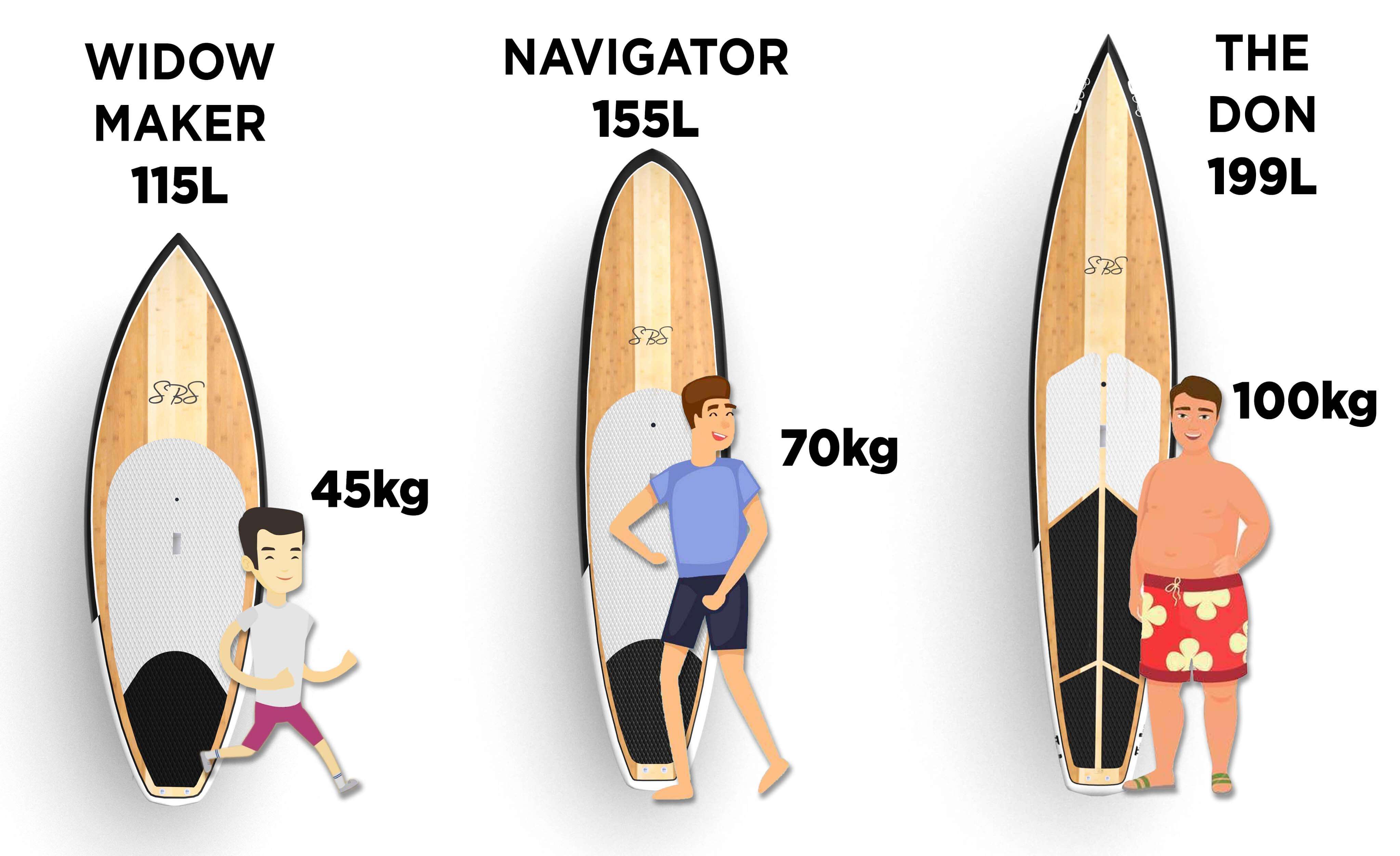
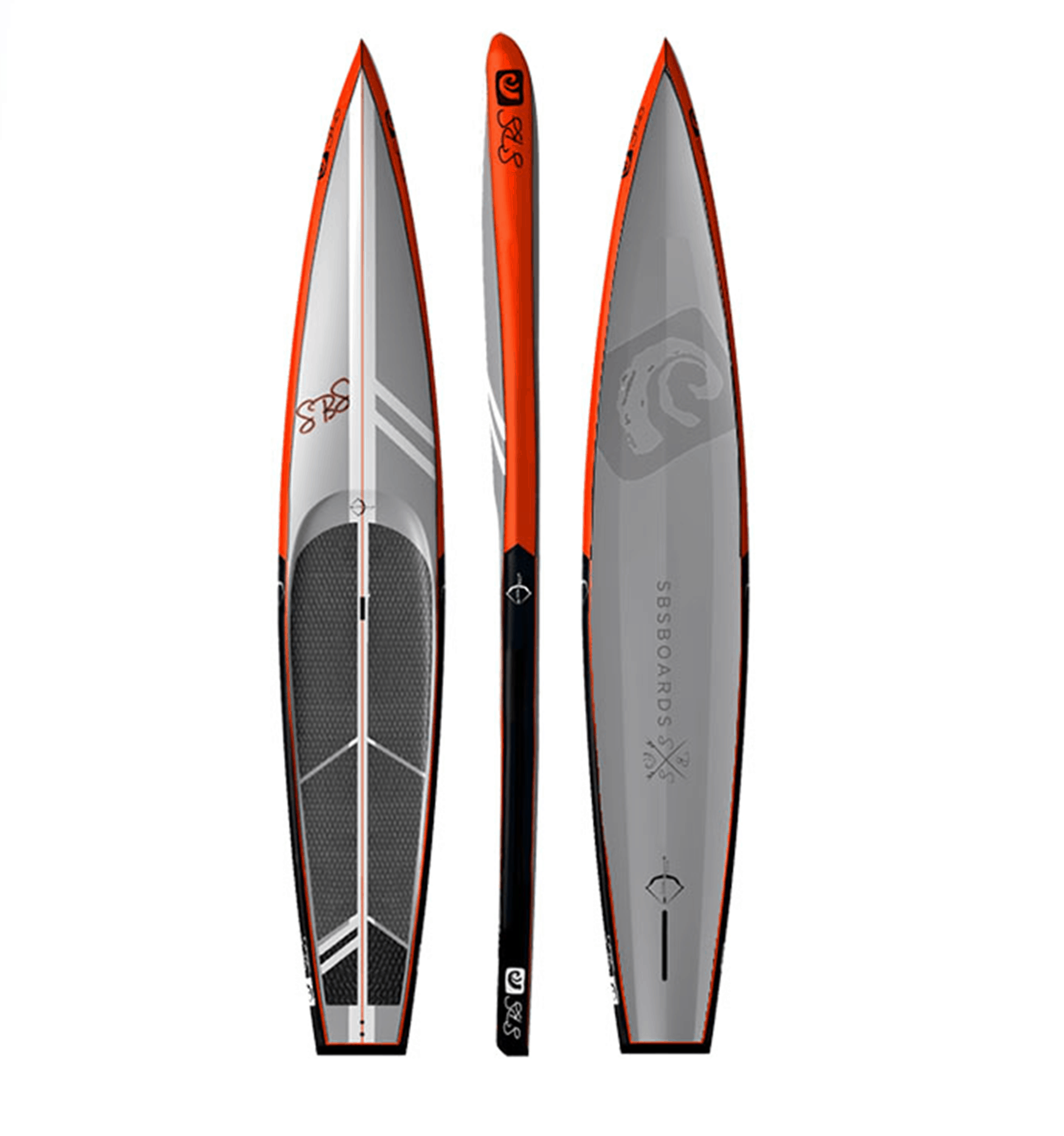
12'6 - 245 Litres
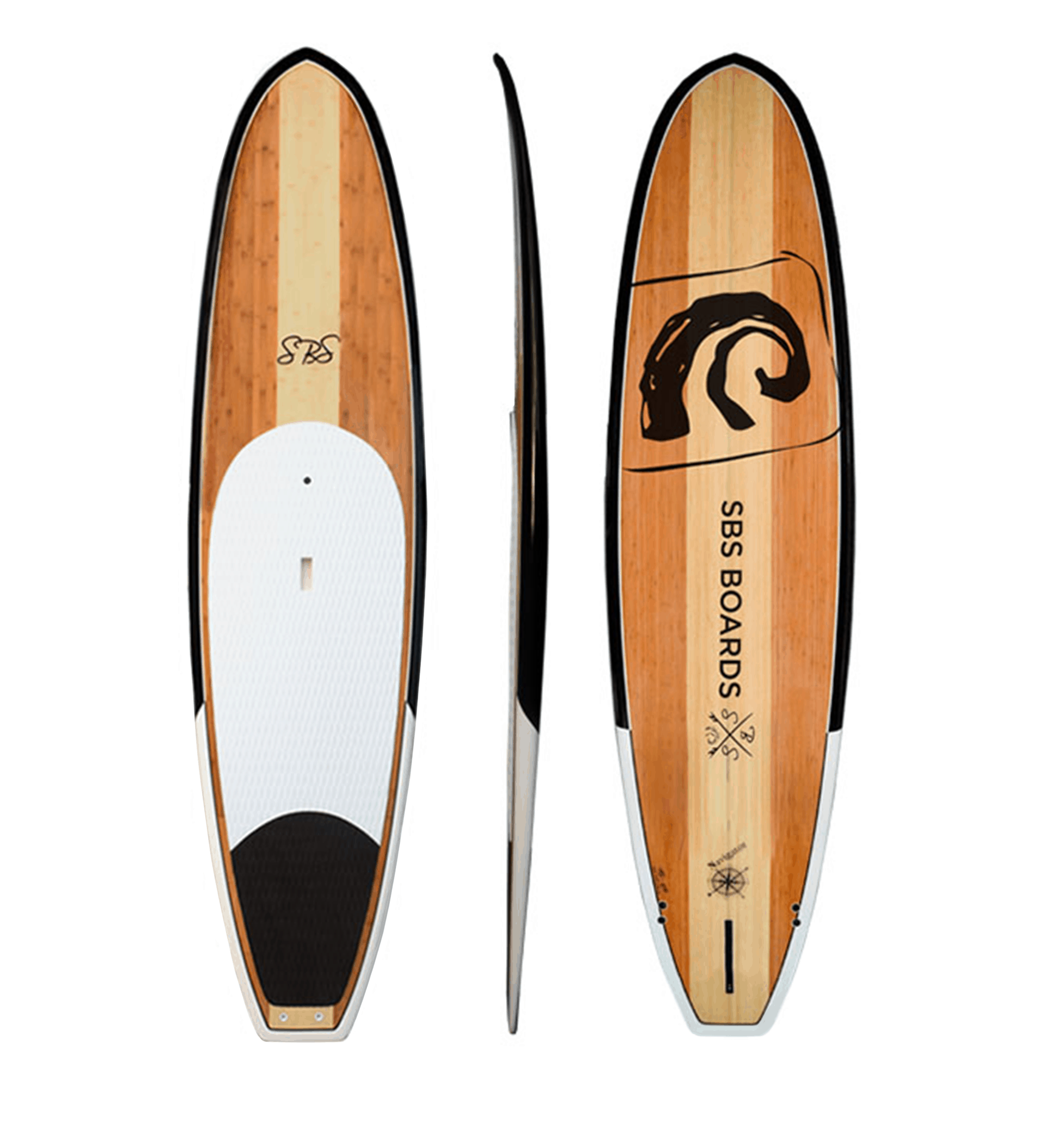
10'6 - 217 Litres
Where is the volume
Just like we mentioned previously, the placement of the volume is crucial to the stability and the performance for the board as well as its intended usage. Keeping the majority of the volume in the centre makes it great for paddling whilst it’s thinner nose and tail means it can turn easier in waves or flat water, most beginner all-around stand up paddleboards are like this, they are great for learning the basics whereas touring or race paddleboards tend to have bowl displacement noses, storing a lot of their volume to power through waves and keep speed, touring boards tend to be very stable compared to race boards. The touring board’s volume will be spread more equally throughout the length of the board with a slight taper toward the tail to help in turns. Touring boards like our DON Sup are designed to be comfortable to paddle long distances or excursions or even for fitness.
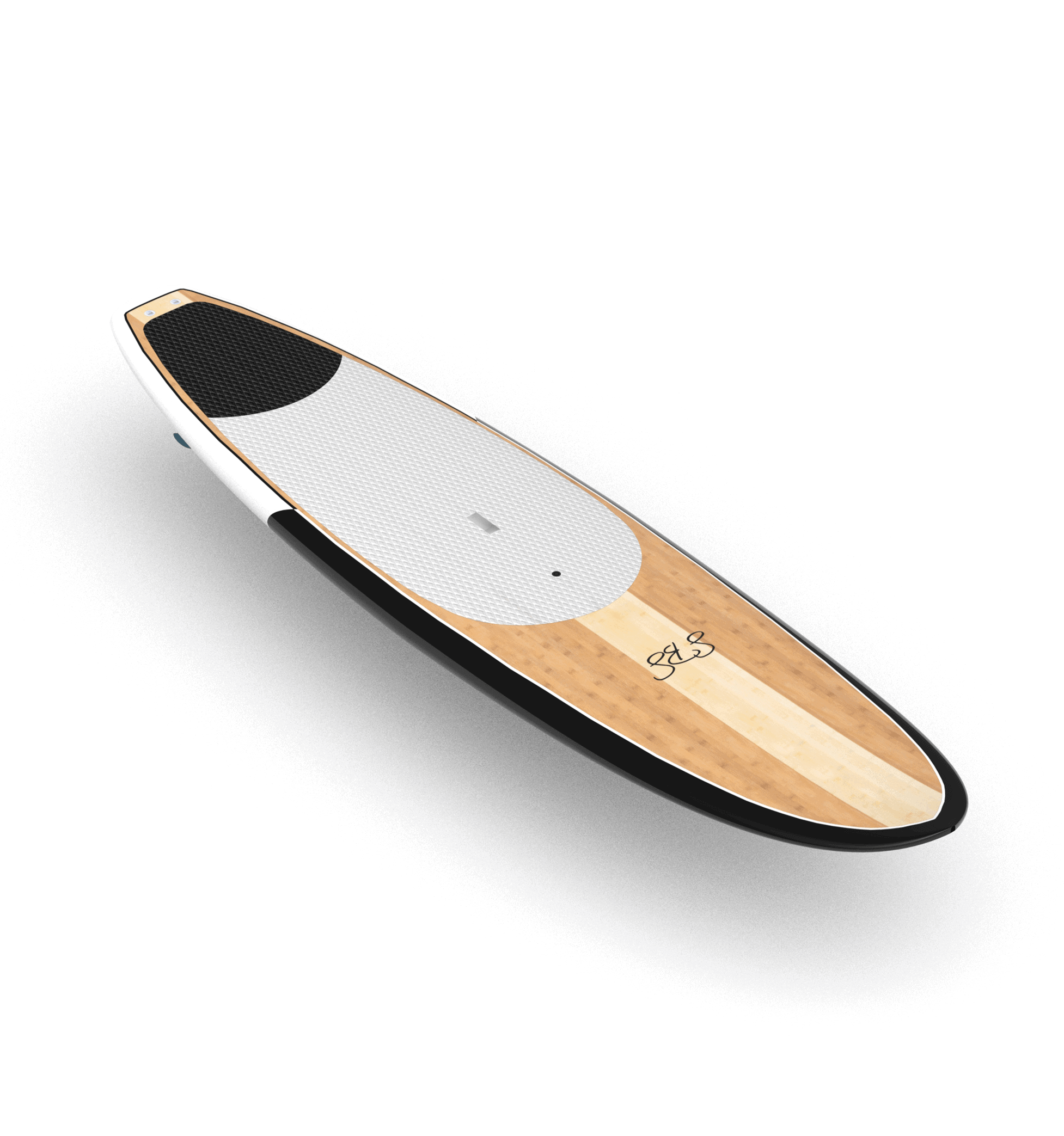
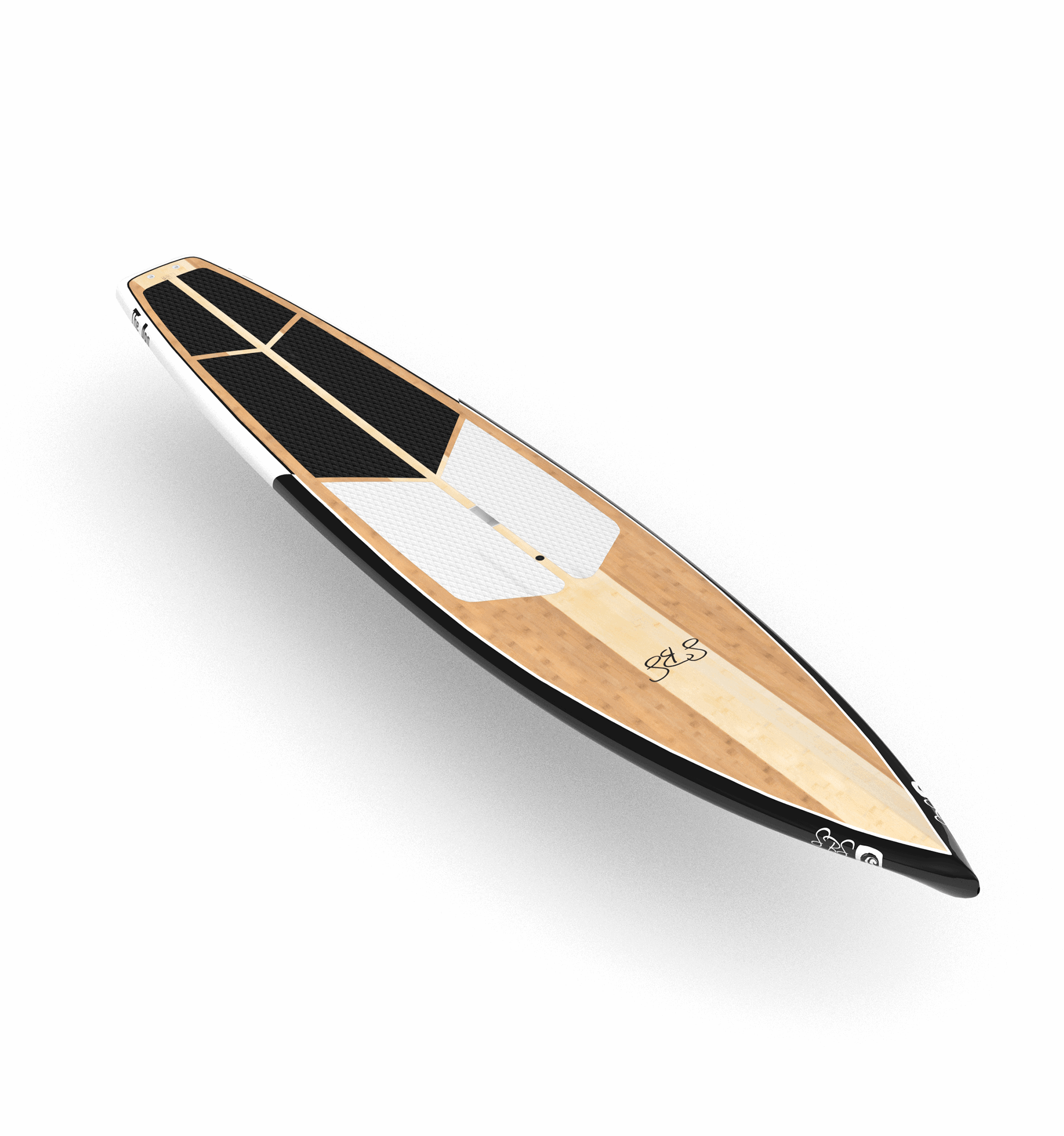


Volume Calculator
Find out your optimum surfboard volume
Thanks, we will contact you soon
Intermediate
92 Litres
115 Litres
125 Litres
135 Litres
145 Litres
155 Litres
165 Litres
175 Litres
185 Litres
195 Litres
205 Litres
215 Litres
225 Litres
229 Litres
235 Litres
240 Litres
245 Litres
Advanced
80 Litres
87 Litres
94 Litres
102 Litres
109 Litres
117 Litres
124 Litres
132 Litres
139 Litres
147 Litres
155 Litres
45 Litres
170 Litres
177 Litres
185 Litres
192 Litres
200 Litres
Beginner Volume
101 Litres
110 Litres
120 Litres
134 Litres
144 Litres
154 Litres
164 Litres
174 Litres
184 Litres
194 Litres
204 Litres
214 Litres
224 Litres
234 Litres
184 Litres
254 Litres
265 Litres
Your Volume
we estimate you will want :
Summary
| Description | Information | Quantity | Price |
|---|---|---|---|
| Discount : | |||
| Total : | |||
Intermediate
92 Litres
115 Litres
125 Litres
135 Litres
145 Litres
155 Litres
165 Litres
175 Litres
185 Litres
195 Litres
205 Litres
215 Litres
225 Litres
233 Litres
245 Litres
255 Litres
265 Litres
Advanced
80 Litres
87 Litres
94 Litres
102 Litres
109 Litres
117 Litres
124 Litres
132 Litres
139 Litres
147 Litres
155 Litres
145 Litres
170 Litres
177 Litres
185 Litres
192 Litres
200 Litres
Beginner Volume
101 Litres
110 Litres
120 Litres
134 Litres
144 Litres
154 Litres
164 Litres
174 Litres
184 Litres
194 Litres
204 Litres
214 Litres
224 Litres
234 Litres
244 Litres
254 Litres
265 Litres
Your Volume
we estimate you will want :
Summary
| Description | Information | Quantity | Price |
|---|---|---|---|
| Discount : | |||
| Total : | |||
Related Posts
TOP 20 BEST SUP EXERCISES FOR HOME OR GYM
The Ultimate “KOOK” Test?
The Ultimate surfing Kook test/ 16 reasons you might be a kook
Can you sup at the wave Bristol?
After the explosion in popularity of the wave Bristol surfer alike flocked to Bristol to get some guaranteed waves in perfect conditions but as a paddleboarder as well I asked the question can you use a sup at the wave Bristol. I wasn’t alone after checking out...
The Wave Bristol On Beast Mode
Are You Good Enough To Surf The Wave Bristol On Beast Mode After the flurry of hype and internet clips that went viral in the UK surf scean the wave Bristol is not doubt a massive success and a big hit with the surfers of the UK. With its ideal placement for all the...
First Surf At The Wave Bristol Review
First Surf At The Wave Bristol Review" In November we took some of our team rider Joss to check out the wave garden Bristol and see what all the fuss was about. When we arrived at the wave Bristol, we were pleasantly surprised and the incredible facility they have...
5 Top Tips To Catch More Waves At “The Wave Bristol”
5 top Tips to caTCH waves at "the wave bristol"5 Top Tips To Catching More Waves In 2019 were lucky enough to be some of the first to surf the wave Bristol which is the world first fully commercial wave garden using the cove technology. We travelled up to Bristol to...















